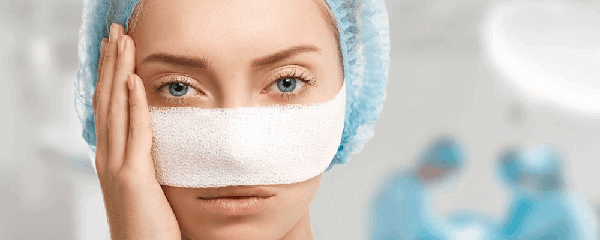Burn reconstruction entails the corrective surgeries that are carried out to address different post burn deformities. There are different types of surgeries which have to be carried out by Plastic surgeons to improve post burn deformities of different areas of the body.
Patients with post burn deformities require multiple surgical procedures like skin grafting, Z-plasty, release of contractures, flap reconstruction etc.
Depending upon the type and extent of deformity, the surgeon decides as to the best procedure for the patient which is carried out usually under general anesthesia.

